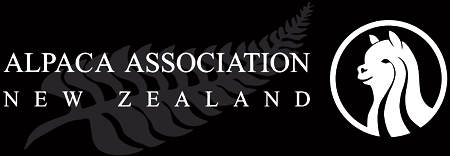Worm Control
Best practice parasite management includes management of pastures, stocking rates, stock rotations and species, dung collection and drenching strategies. Standard control recommendations include providing optimal nutrition for the herd to enhance immune function, avoid high stocking rates and continual grazing with susceptible animals that load the pasture with parasites (eg 3-6 month old cria). Remove dung from paddocks to reduce parasite load and graze contaminated paddocks (paddocks that have had susceptible animals grazing them) with less susceptible animals eg. adult males or unpregnant females over 2 years old or another species such as cattle that don't share the same parasites.
Monitoring worm burdens can be done by doing a faecal egg count from poo samples taken from a sample of animals. A sample from 10-12 animals is required. This should be collected fresh, refrigerated, and delivered to your vet as soon as possible for laboratory analysis. It is recommended that a sample is taken in the spring and again in the autumn, with possibly more depending on your situation.
A strategic drenching programme should be discussed with your vet and will aim to prevent the effects of parasites such as decreased growth rates and clinical disease as well as reduce the development of drench resistant worms on your property. The number and type of drenches required will depend on your grazing management and all the other factors mentioned previously.
The most at-risk animals to worm infections are those that have a compromised immune system (e.g. other infections or females from 4 weeks before unpacking to 6 weeks after unpacking) and those animals that are still developing an immune response to the worms (e.g weaned cria 3-6 months of age). The full immune response is not realised until animals are two years old.
Autumn is the time when clinical parasitism is most common due to weather conditions that favour worm survival on pasture and high levels of worm larvae on the pasture that have built up over the spring/summer. You need to be particularly vigilant over this time to avoid clinical parasitism.
Several wormers (drenches) are available. Oral combination drenches that contain two or three actives are the best for successfully treating animals as well as reducing the risk of drench resistance (worms select for resistance which leads to drench being ineffective).
To prevent selection of drench resistance avoid using drenches that have persistent activity, only drench animals that need treatment, minimise the frequency of drenches and use combination products where possible.
Pour-on drenches are not recommended, except as topical treatment of sarcoptic mange, a skin disorder caused by the sarcoptic skin mite. The effect of pour-on drenches is the collection of dust in the fibre because the drench is an oil-based product. In black animals this won’t be so obvious but in white animals it will stain the fibre. Also some pour-on drenches can cause dandruff or eczema on the skin with loss of hair.
Coccidia -A dirty tail caused by loose bowel motions can be related to a worm or coccidia infection. Take a faecal sample for worm egg count and coccidia. Coccidia cannot be treated with standard drenches therefore you should consult your vet if this is suspected. Baycox C at a dose rate of 3mls per 10kgs of body weight, given once orally is effective at treating coccidia.
Haemonchus/Barbers Pole -Particular concern should be paid to the Barbers Pole or Haemonchus worm. This is a bloodsucking internal parasite, living in the gut, which can reproduce very quickly causing severe anaemia (loss of red blood cells) in the alpaca. The classic sign is that from one day to the next the alpaca will become weak, unresponsive and will be very pale in the gums, eye membranes and under the tail. This indicates severe and life-threatening anaemia and will result in shock. In many cases the animal will die within 24 hours, however some alpaca have recovered through veterinary assistance with introducing an appropriate worming programme and an emergency red cell blood transfusion. When one alpaca is suspected of having Haemonchus worm, the whole herd should be checked for similar symptoms and treated as a precaution. Of note is that a severe worm burden that is left untreated can cause irreparable damage to the stomach lining and lead to anorexia and chronic wasting, especially in young stock, eventually causing the death of the animal.
Haemonchus is prevented/treated by Best Practice parasite management and by using an effective drench such as a combination or moxidectin oral drench.
If you suspect haemonchus is present on your farm, it would be wise to consult your vet.

